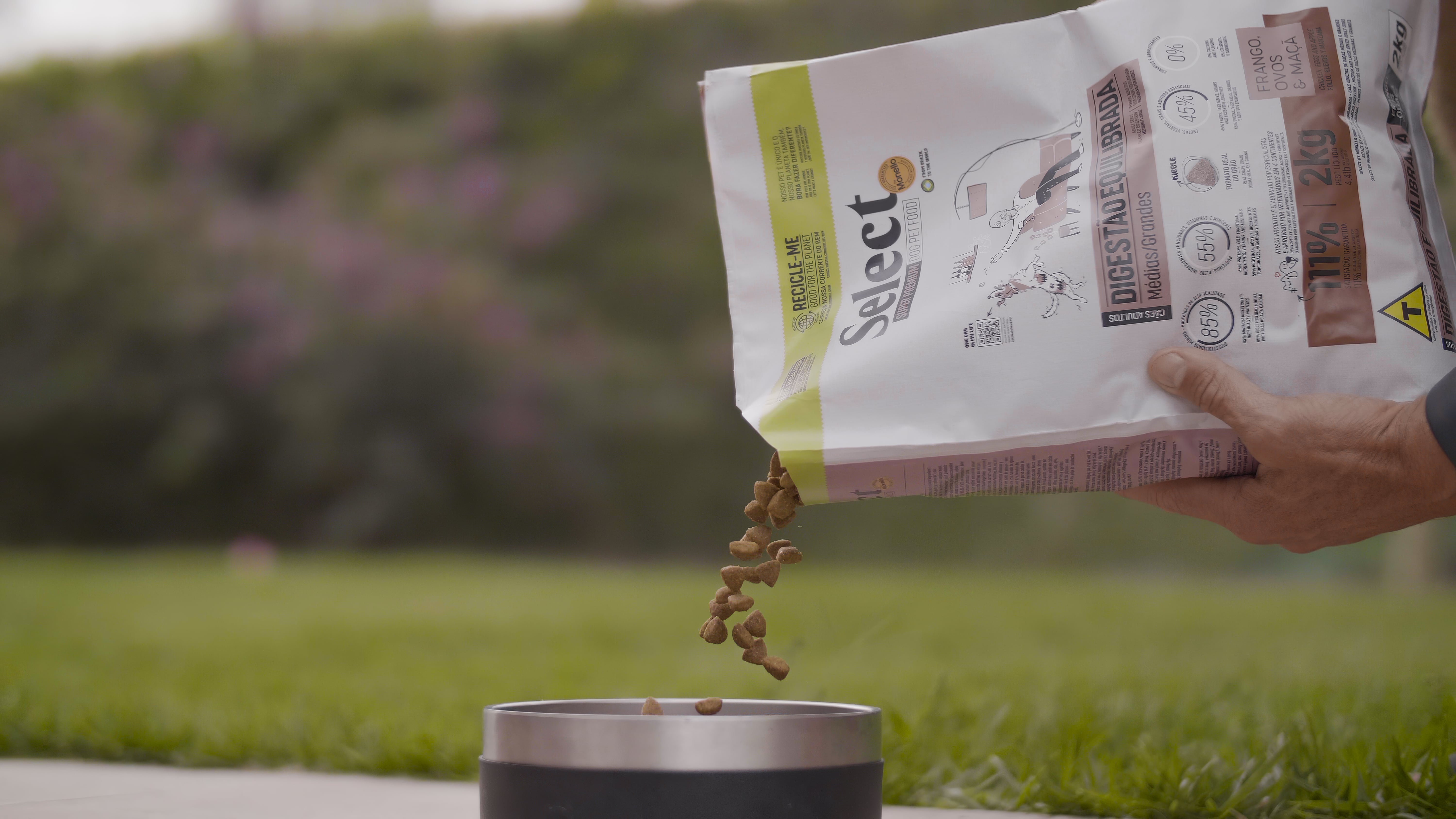Dogs and the dreaded heartworm

Everyone must have heard of the heartworm, a silent disease that causes
severe heart failure in pets, especially in dogs.
Known as Canine Dirofilariasis, this disease can lead the pet to a critical
condition, as well as being a potentially fatal disease. Besides causing heart
problems, the heartworm severely affects the dogs’ lungs.
The spread by mosquitoes
Dirofilariasis is a parasitic disease transmitted by the worm
Dirofilaria immitis
,
which affects the heart of dogs through the bite of a mosquito, which can be of
three different genera:
Aedes
,
Culex
and
Anopheles
.
The heartworm is, in fact, larvae that matures in the tissues beneath the skin
of dogs. When the worms are adult, they migrate to the arteries of the lungs
and heart. The whole process takes about 4 months after the mosquito bite.
Symptoms
There are no initial symptoms in dogs, as it takes a while for the larvae to
mature. Only after the disease progresses, you may notice the following signs
from your dog: coughing, tiredness, short and rapid breathing, and weight loss.
Prevention and treatment
Animals that have access to beaches are more likely to be contaminated
because mosquitoes like warm places. To prevent the disease, you should
remove any stagnant water around your home to avoid mosquitoes, which
could act as heartworm transmitters.
Besides, deworming is essential to prevent parasitic infections in dogs. Some
medicine and repellents are also available. The veterinarian is the person who
will indicate the best option.
And here is some good news: the heartworm disease can be treated, but
treatment option can vary greatly depending on the total number of larvae in
the host as well as on the severity of the condition of the organs affected.
Treatment will also depend on the developmental stage of the parasite. In
most cases, the first step is to eliminate adult worms and, then, fight the
microfilariae in blood.
In order to be fully recovered, the dog should be regularly examined by the vet.
Always be careful when the climate is hot, avoid stagnant water and ask a vet
for help to keep the dreaded heartworm away from your best friend.















